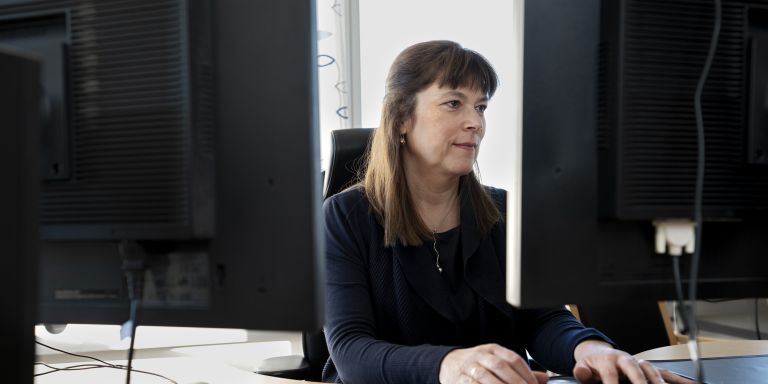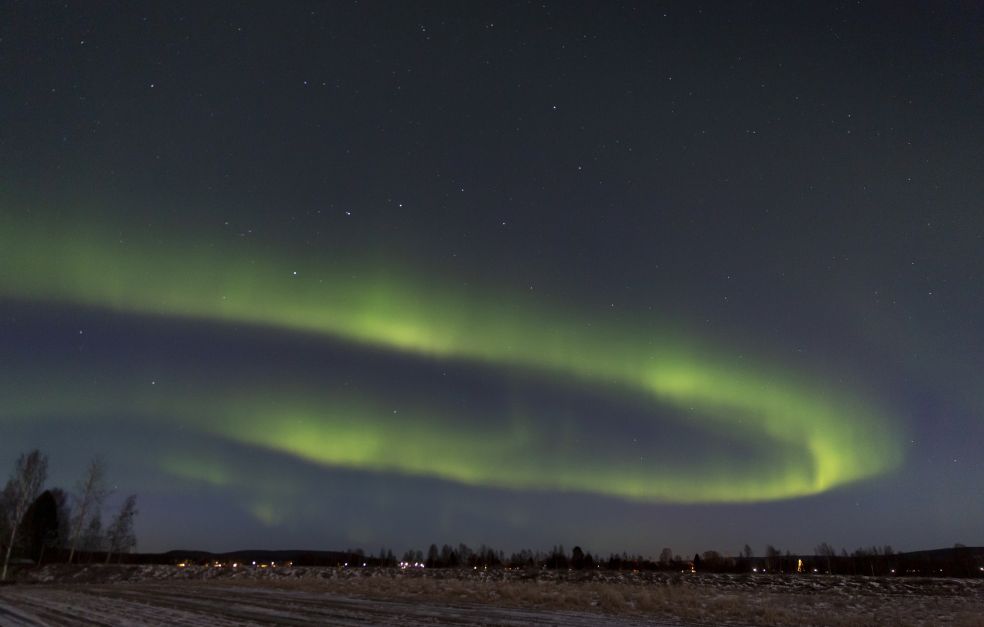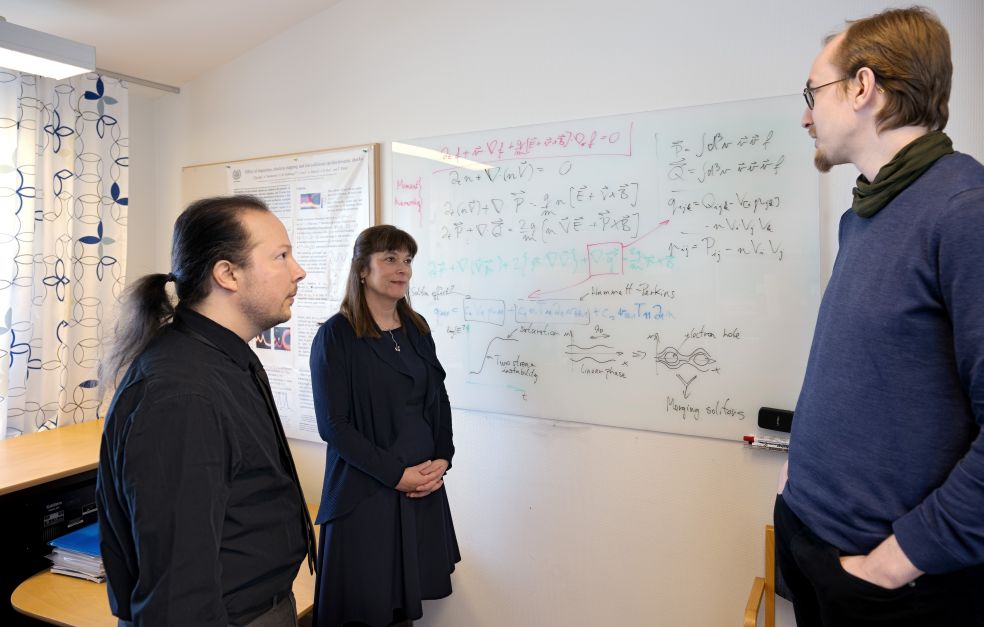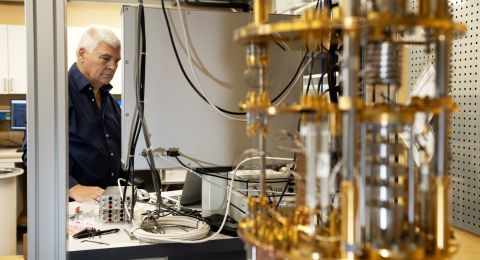
Project Grant 2022
Extreme plasma flares
Principal investigator:
Tünde Fülöp, Professor
Co-investigators:
Chalmers
István Pusztai
KTH Royal Institute of Technology
Andris Vaivads
Swedish Institute of Space Physics
Yuri Khotyaintsev
Institution:
Chalmers University of Technology
Grant:
SEK 26.2 million over five years
Plasma refers to a state where matter is fully ionized as a gas of free charged particles. Plasma is rare on Earth, occurring only at extremely high temperatures, but is much more common in space. Even though space is very cold, almost all matter there exists as plasma.
“Plasma is often called ‘the fourth state of matter’ after solid, liquid and gas. But in much of the universe it really should be called the first state. All stars and most interstellar matter exist in the form of plasma. A mere hundred kilometers above Earth most matter is already ionized,” explains Tünde Fülöp.
She is a professor of physics at Chalmers University of Technology in Gothenburg, and is heading a project funded by the Knut and Alice Wallenberg Foundation. Researchers from Chalmers, KTH Royal Institute of Technology and the Swedish Institute of Space Physics in Uppsala are studying a specific plasma phenomenon: extreme plasma flares that cause particles to accelerate suddenly and magnetic energy to be explosively released.
Hazardous to electronics and power plants
When charges move, whether in the form of current in a cable or as charged particles in plasmas, magnetic fields are created. Opposing magnetic fields can collide in plasma and reconnect causing copious amounts of energy to be discharged, usually in the form of electrons traveling at high speed. Energetic particles of this kind give rise to the beautiful Northern Lights, but they can also cause harm – not to living organisms, but to electronics. This in itself represents a serious risk in our interconnected world.
“A hundred and fifty years ago this would have been of little importance, but nowadays a powerful magnetic storm in the space around Earth could be a financial and practical disaster. It could knock out satellites, the internet and the mobile network,” Fülöp says.
Similar plasma flares could also occur in the fusion power plants of the future, causing problems. Fusion power is one of the energy sources that could help to achieve clean energy, but so far remains at the experimental stage. Fülöp’s own research includes the theory underlying those experiments.
The aim of the new project is to identify the physical conditions that lead to plasma flares wherever they occur, thereby making it possible to predict them. Electronic equipment could then be protected from magnetic storms, perhaps by temporarily shutting down systems, and it would be possible to protect fusion power plants by activating technologies to shield equipment from high-energy electrons.
New combination of research fields
But so far very little is known about how plasma flares occur. Experimental research is difficult because they occur very quickly, and also because on Earth extremely high temperatures are required.
“It’s not possible to insert probes in the hottest parts of fusion plasma to take direct measurements. But data can be obtained from space probes,” Fülöp explains.
There are a number of probes of this kind, the oldest of which have been gathering data for over twenty years. The present project is based on a collaboration between theoretical plasma physicists and experimental space physicists.
“What’s new about this project is that we theoreticians with experience of laboratory plasma are working so closely with researchers making observations in space. For some reason, these two research fields have traditionally been separate, but they’re really concerned with similar phenomena and the same types of equation.”
The theoreticians will be making data simulations to develop new models for phenomena. Other simulations will be based on space probe data. The goal is to find the combination of parameters and conditions that causes maximum acceleration.
Universal physics linking space to the lab
Some years into the project Fülöp hopes to be able to use the findings the team has made in the laboratory and close to Earth to analyze solar flares.
“That’s what’s so beautiful about theoretical physics – it has such a diversity of applications. Plasma physics is universal, so these experiments may give us a better understanding of laboratory plasma as well.”
It is a challenging project. The scientists making observations in space cannot plan “experiments” since they are observing natural phenomena that occur suddenly. When flares take place, the ideal would be to take measurements both close to Earth and farther away, which is not possible. Instead, data from different probes and different times will be combined. The researchers need to identify the most extreme events and develop models for them – microscopically and macroscopically.
“We have to take account of effects that differ in scale from each other by several orders of magnitude. But when magnetic reconnection occurs in fusion power plants, it happens too quickly for measurements to be taken, so we have to rely on assumptions and simulations. We’re now trying to build a better theoretical description based on the issues being addressed by our space physics colleagues. It’s truly fascinating.”
Text Lisa Kirsebom
Translation Maxwell Arding
Photo Johan Gunséus, Johan Wingborg





